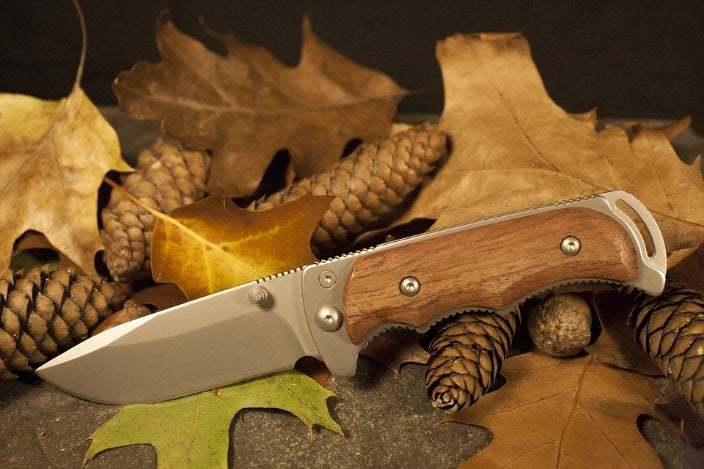
Mar 17 , 2017
9 Items You Need in a Survival Kit
You dont have to be a hardcore survivalist to benefit from putting together a survival kit. Anyone could wind up facing an emergency and, if it ever happens to you, youll be glad you were prepared. Having a survival kit prepared and ready at all times can work wonders for your peace of mind as well.
What you should add to your kit depends largely on how you plan on using it. Start with the following basic essentials and continue to build your kit from there. You can always add more items down the line to make your kit an even better fit for your needs.
1. Matches or Lighters
In case of emergency, youll definitely want a reliable way to start a fire. A fire doesnt just keep you warm. It also keeps predators away, as well as helps you cook your food, boil water, or sterilize tools for first aid purposes. Add several lighters and perhaps some tinder for building a fire to your kit. Matches are good picks, as well. Just make sure theyre waterproof strike anywhere matches that will be viable no matter the circumstances.
2. Knife or Multi-Tool
Every emergency kit should contain a knife or other cutting tool. Many people prefer the portability and utility of a standard pocket-knife. Multi-tools are also good choices, so long as one of the tools involved is a cutting implement of some type. If you go for a fixed blade knife, make sure it has a sheath for safetys sake.

3. Navigation Tools
While GPS devices are certainly convenient, you dont want to rely on having access to a working one in case of emergency. Include maps in your kittopographical maps for off-road use, as well as standard road maps. Learn how to read them properly if you dont know already. Youll also want to include a compass to help you get your bearings.
4. Flashlight
Youll need a reliable source of light on hand as well. Go for an LED option that is bright, durable, and power efficient. Also include plenty of extra batteries. You might want to consider adding a headlamp in addition to a traditional flashlight. Youll be glad you have it if you need a hands-free alternative.
5. Rope or Paracord
Rope and cord can be used for anything from building a lean-to shelter to serving as a tourniquet in case of injury. Make sure you have at least 10-20 feet of it in each of your emergency kits. If space permits, include even more than that.
6. First Aid Supplies
Youll definitely want to include at least the basics in regards to first aid items. Examples include bandages, gauze, disinfectant, and tape. Over-the-counter medications like aspirin or ibuprofen are also a good idea, as are extra supplies of any prescription medications you require.

7. Emergency Water Supplies
If you can stockpile clean water as part of your emergency plan, thats great. However, youll also want to be prepared for situations where safe, potable water is scarce or non-existent. Make sure your survival kit includes a portable water filter, as well as plenty of purifying tablets. Together, they can make almost any water safe to drink. Additional items like stainless steel water containers are also good picks. They not only carry water but make it possible to boil water from questionable sources in a pinch as well.
8. Emergency Food Supplies
Although its not as critical as having enough water to drink, youll want to make sure you have emergency food supplies stashed in your kit as well. What you should include depends on the purpose of your kit. However, non-perishable, calorie-dense options are always a good idea. Examples include nuts, energy bars, granola, and so forth. You can also consider self-contained options like MREs (meal ready to eat).
9. Extra Clothing
When selecting clothing for emergency purposes, focus on seasonal extremes. (Think jackets, gloves, hats, or sweatshirts.) Hypothermia is a very real risk in areas where temps drop drastically at night, even during the warmer summer months. Additional options like Mylar emergency blankets are also smart choices, as they can be used not only for warmth but to help create shelter if need be.
Once you have the basics in place, you can customize your kit according to your needs or any specific purposes for which you hope to use it. Get started today! Youll be glad you did if an emergency ever does find you.


